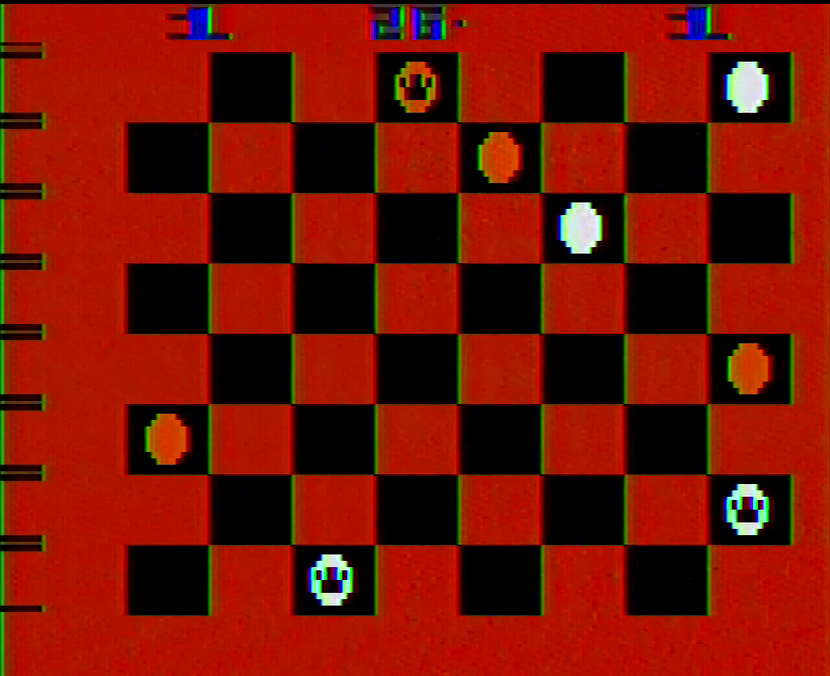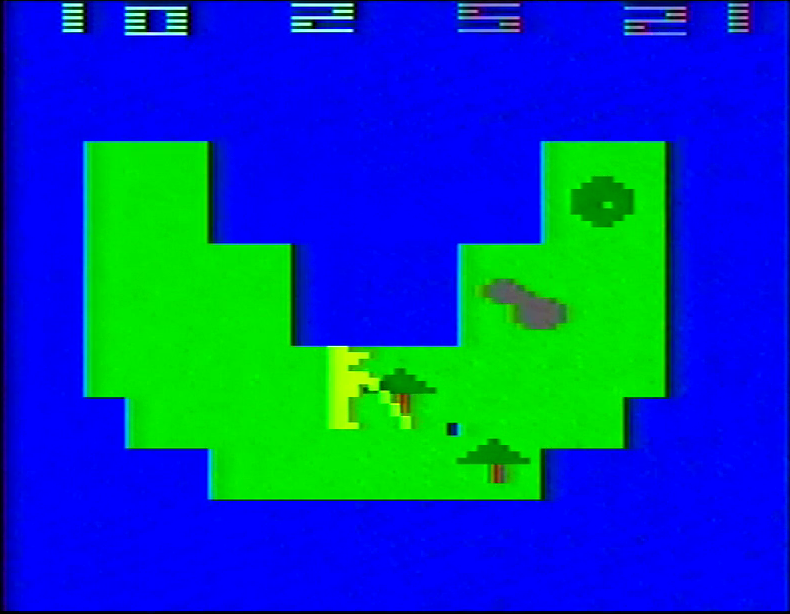When the VCS launched around August 1977, one of its initial nine releases was Bob Whitehead’s Blackjack. This was a straightforward take on the classic card game that used the paddle controllers, allowing for up to three players to take on a computerized dealer with the goal of coming closest to a sum of 21 without going over. Whitehead explained that the programmers liked to joke about the target demographic being teenagers between the ages of 18 and 35 (which accounted for all of them), and Blackjack was one such game that he felt he’d be interested in playing. He wasn’t the only person who thought so, as RCA and Fairchild published their own Blackjack cartridges for the Channel F and Studio II, and in the years to come card games would appear on several other platforms as they launched as well. Gambling games were seen as something that game companies could sell to adults, and so seemingly everybody had at least one game of chance for sale on their game system. Whitehead had bigger ideas than just Blackjack, though. Halfway through development Whitehead decided he wanted to try and expand it to include other card games, but due to a need to pump out product ended up shelving the idea. He would ultimately get the opportunity to revisit the idea and create an expanded card game collection simply called Casino, or Poker Plus under the Sears label.
Continue reading “Casino (Poker Plus) – March 1979” →










